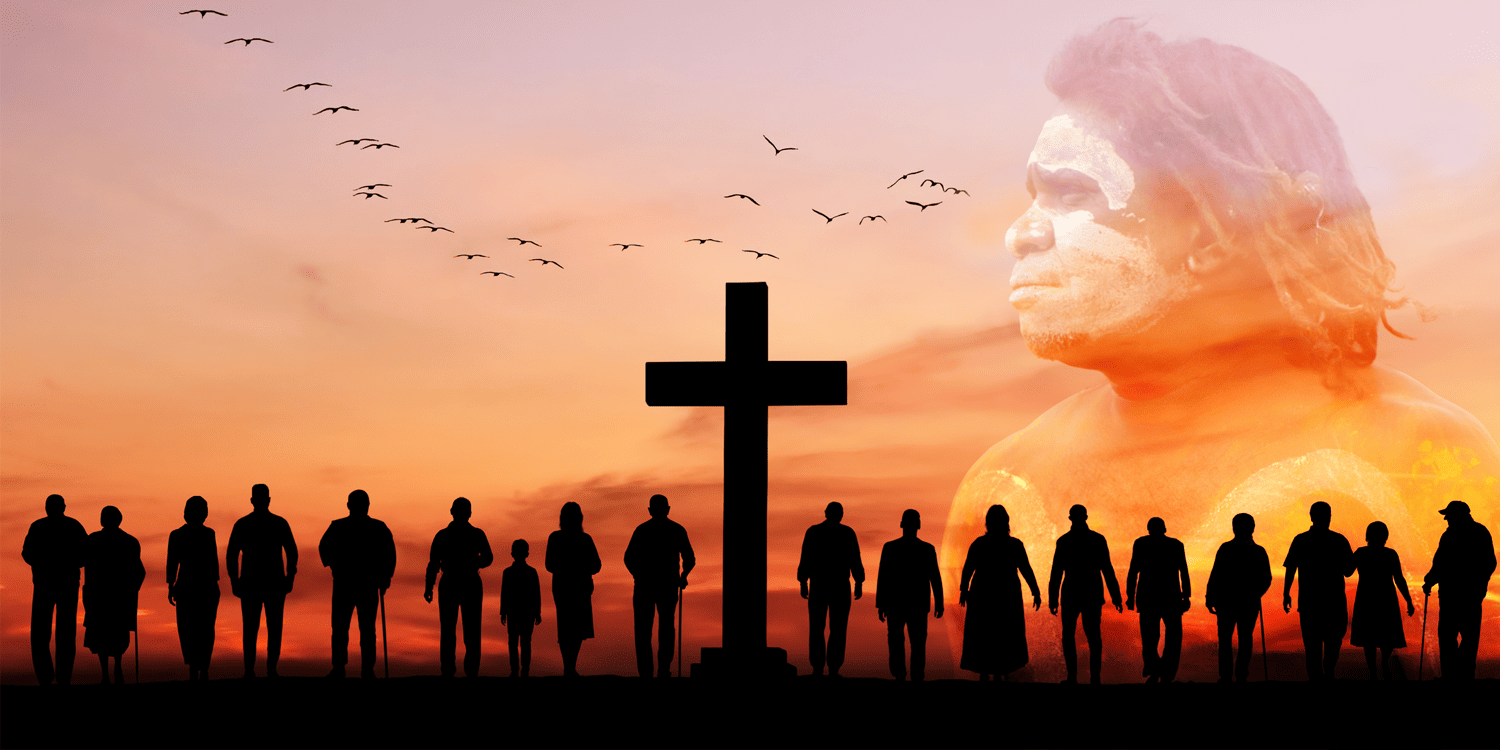
In Isaiah 58:6,7, there is a powerful call for integrity among those who claim to worship God.
“Is not this the kind of fasting I have chosen: to loose the chains of injustice and untie the cords of the yoke, to set the oppressed free and break every yoke? Is it not to share your food with the hungry and to provide the poor wanderer with shelter — when you see the naked, to clothe them, and not to turn away from your own flesh and blood?” (NIV).
The last line asks us to notice each other and not turn away. Why do we need this reminder?
Over time, our brains have a tendency to stop noticing things. For example, after moving into a different apartment two years ago, I thought I couldn’t cope with the sound of children running on the wooden floor above. But within a week, I had tuned much of it out. This ability is useful when it comes to disturbing sounds.
But we can also start to “tune out” disturbing moral information. Incidents that should shock us and inspire empathy, over time, can result in indifference. Have you noticed how easy it is to point out problems in other nations? Mass shootings in the United States, persecution of Uyghur people in China, protestors murdered in Iran — the cruelty of these situations is glaringly apparent to us. But let’s consider what other people may see when they look at Australia.
Consider just three facts about First Nations people in Australia:
Add to this the mounting numbers of Aboriginal deaths in custody, the alarming rate of children removed from their families, and a diabetes crisis, and the picture is grim.
Unfortunately, this is a global pattern among First Nations survivors of colonization. Murder, appropriation of land, denial of culture, and the imposition of foreign diets, diseases, and economies produce similar long-lasting damage. Save Tonga, all Pacific countries were colonized. While most have since gained independence, they struggle with a detrimental legacy. Diabetes, for example, is now an epidemic. Pre-colonization, however, it “was virtually non-existent in populations indigenous to the Pacific maintaining a traditional lifestyle.”
In Australia, the state rounded up Aboriginal people and placed them on government reserves or church-run missions. One of these missions was established by the Seventh-day Adventist Church: “Mona Mona” near Kuranda in northern Queensland. It operated between 1913 and 1962 and cooperated with assimilationist state policy of the time. This included accepting children removed from families, keeping parents on the mission fenced away from their own children (who were held in single-sex dormitories), and forbidding the people to speak their own language or practice their culture.
The legacy of the mission is mixed. While some have fond memories, it has also been described as “little more than a prison.” Members of the Stolen Generation brought up at Mona Mona have since sought compensation from the Queensland Government, and the Seventh-day Adventist Church issued a statement of apology in 1997 in response to the “Bringing Them Home” report. One assumes those running the mission at the time had good intentions, but it has also been the source of much pain.*
Does this history — and the current crisis of disadvantage — disturb us? Or have we become — as one poet has put it — “comfortably numb”? Interestingly, Holocaust survivor Elie Wiesel asserted that “the opposite of love is not hate, it’s indifference.” Similarly, Martin Luther King Jr observed: “It may well be that we will have to repent in this generation. Not merely for the vitriolic words and the violent actions of the bad people, but for the appalling silence and indifference of the good people.”
So how are we — individually and as a church — to respond to this crisis now? Thinking about the life of Jesus, something becomes apparent: He was an expert “noticer.” It was as though His eyes were especially sharpened to notice the most hurt, the most rejected, wherever He was. Think of the following examples:
After noticing these people, Jesus healed them, physically and emotionally, and brought them into the circle of acceptance and love. So, if we want to be like Jesus, we also need to notice the most hurting in our communities and bring them into our circle of love. The question Jesus asks of us is, “Are you the neighbor?” (Luke 10:36–37).
So, what can we do practically as local church members? Here are three suggestions specific to Australia. The same principles could be followed in other countries.
While our brains can “tune out” information, the opposite can also occur. We can begin to notice things we didn’t see before. For example, when you buy a new car, you suddenly notice the same model everywhere. Whatever the track record of your church to date, start engaging with the First Nations community around you — and watch the opportunities grow!
Last year during National Reconciliation Week, Aboriginal Bible worker Doreen Waites shared this: “Doors are opening for people to be educated on how hard our lives are. And God is touching hearts to be a part of our healing. We have longed so much for this. We need loving hearts to help First Nations people see that the only solution to our pain is Jesus Christ.” Her words deeply affected me and reminded me of Paul’s vision of the Macedonian man saying, “Come over to Macedonia and help us!” (Acts 16:9). Can you hear? Can you see? Can you be part of the healing?
May God bless you and your church as you reach out to “be the neighbor.”
* To learn more, read the book “Remembering Mona Mona,” available from the Adventist Book Center, and watch the “Living Black” episode on Mona Mona Mission: sbs.com.au/guide/video/366306371637/Living-Black-S21-Ep12-Mona-Mona-Mission .
The original version of this commentary was posted on Adventist Record.